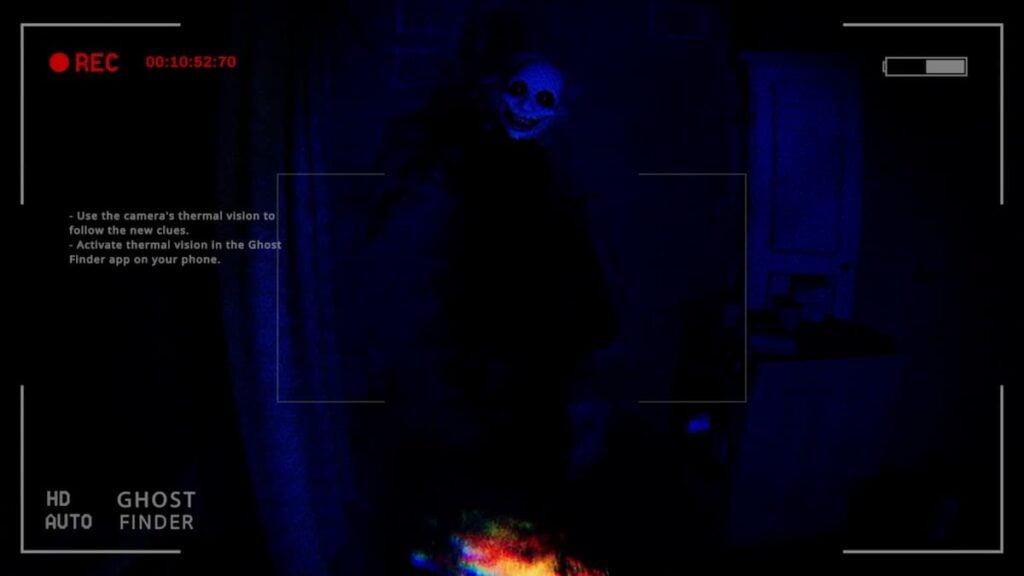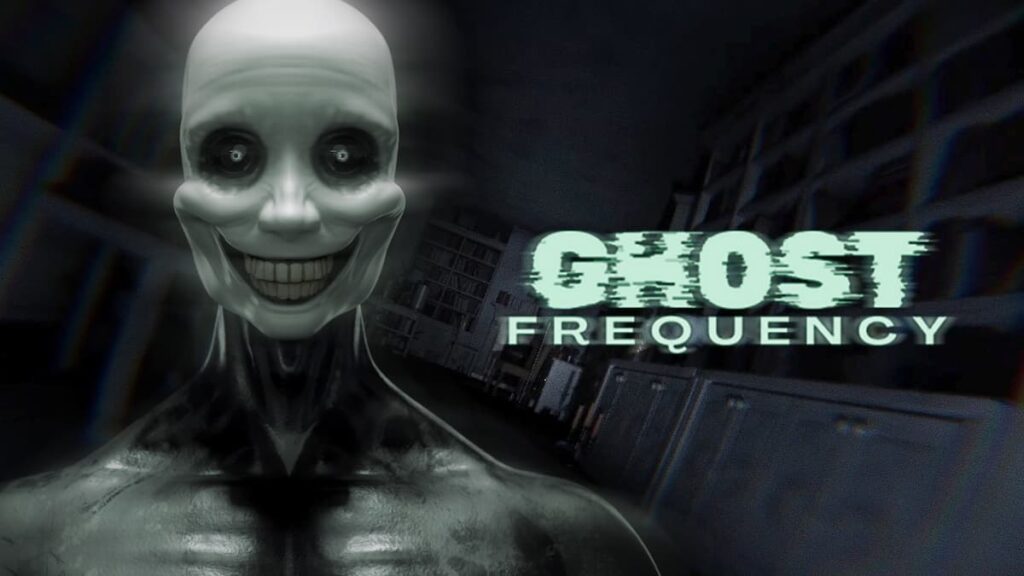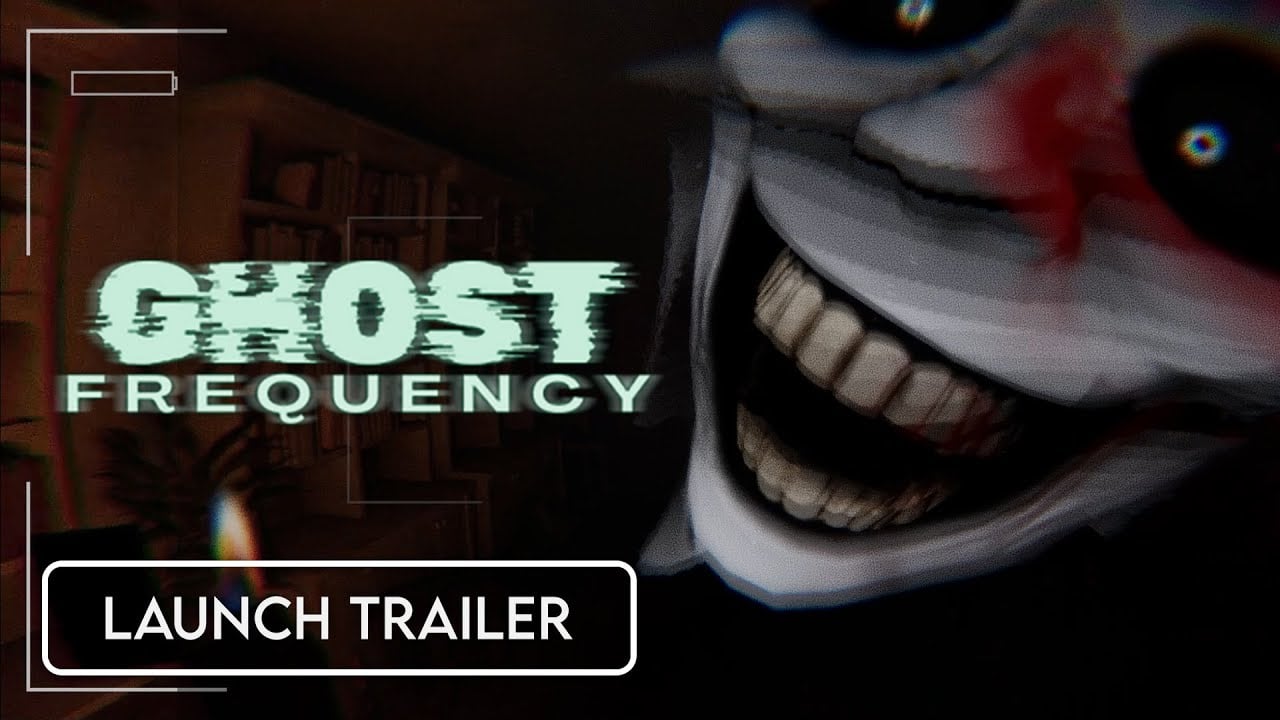Ghost Frequency isn’t just another haunted house simulator. Released this week on PC via Steam, with a Nintendo Switch version arriving May 29, the first-person psychological horror game is the debut title from PIT Games, named after the Paranormal Investigation Team whose real-life work inspired much of the experience. Built around methodical exploration and slowly unraveling dread, it’s a small-scale but tightly designed horror title that finds its scares not in jump-cuts, but in the eerie suggestion that something is just out of view.
It’s also one of the rare horror games rooted in real-world ghost-hunting practices, thanks to a surprisingly close collaboration between the developers and PIT themselves– creators of the GhostFinder app and a popular YouTube channel with millions of views. The result is a game that blends fictional horror with actual investigative tools, and it’s this balance that gives Ghost Frequency its edge.
I spoke with one of the developers at PIT Games about the process behind the title and how they used real testimonies and ghost-hunting techniques to shape the experience.
“For this first chapter, we chose to keep things intimate and self-contained,” they told me. “The entire game takes place in a single house. We wanted to represent the unknown not through far-fetched scenarios, but in a reality that feels close—something that could almost be part of our everyday lives.”
You play as Mark, a veteran investigator sent to uncover what happened to two missing colleagues who vanished during a routine house call. The house itself, tucked deep into a shadow-soaked forest, becomes a living organism– subtly shifting, reacting to your presence, and evolving as you dig deeper into its secrets.
What makes Ghost Frequency especially unique is its use of a “bodycam-style” first-person perspective. The camera never leaves Mark’s chest, framing everything in that grounded, voyeuristic angle popularized by real ghost-hunting shows. It’s a subtle but effective way of anchoring players in the moment; there’s no HUD clutter, no out-of-body perspective. Just you, the tools at your disposal, and whatever’s waiting beyond the next creaking door.
Among those tools is a virtual version of PIT’s actual GhostFinder app, along with an EMF detector, EVP recorder, and IR thermal camera. These aren’t gimmicks—they’re central to the gameplay loop, and the dev team worked hard to make them feel authentic.
“We integrated real tools from the PIT investigations,” they explained. “Players can use in-game versions of the EMF Ghost Detector, the IR Thermal Camera, and the EVP Recorder. These are the same devices the PIT team uses on site. And this is just the beginning—we’re planning to expand their use even more in the future.”
The team also leaned heavily on PIT’s fanbase, particularly their stories and submitted experiences, to shape the emotional backbone of the game. Instead of pulling from well-worn horror tropes, the developers found inspiration in real-life testimonies.
“Some of the things PIT fans shared were so personal, eerie, and emotionally intense that they naturally worked their way into the game’s world,” they said. “Those stories helped us shape events and interactions that feel grounded—even when the game leans into the supernatural.”

That grounding is crucial, especially in a genre where it’s easy to go over the top. But Ghost Frequency doesn’t rush to startle. Instead, it lets you stew in silence, trusting that fear grows best in the quiet.
“The best horror builds over time,” they told me. “It needs quiet moments, slow dread, and space for the player to breathe. That’s where fear truly grows—when you’re not sure when something will happen, or if it will at all.”
And maybe that’s the biggest surprise Ghost Frequency offers: its respect for patience. Real ghost-hunting is, as it turns out, rarely dramatic. It’s about observation, listening, and waiting. Sometimes nothing happens. And that makes every tiny anomaly, every flicker on a monitor or spike on a detector, all the more terrifying.
“The most haunting idea is not that ghosts exist,” the developer said, “but that there’s so much we don’t see.”
Ghost Frequency is available now on Steam for $4.99 (with a launch discount in effect) and will release for Nintendo Switch on May 29 for $6.99. A free demo is also available on Steam.
Whether you believe in the paranormal or not, the game is a compelling reminder of how powerful the unknown can be, especially when it’s built on something that feels real.








